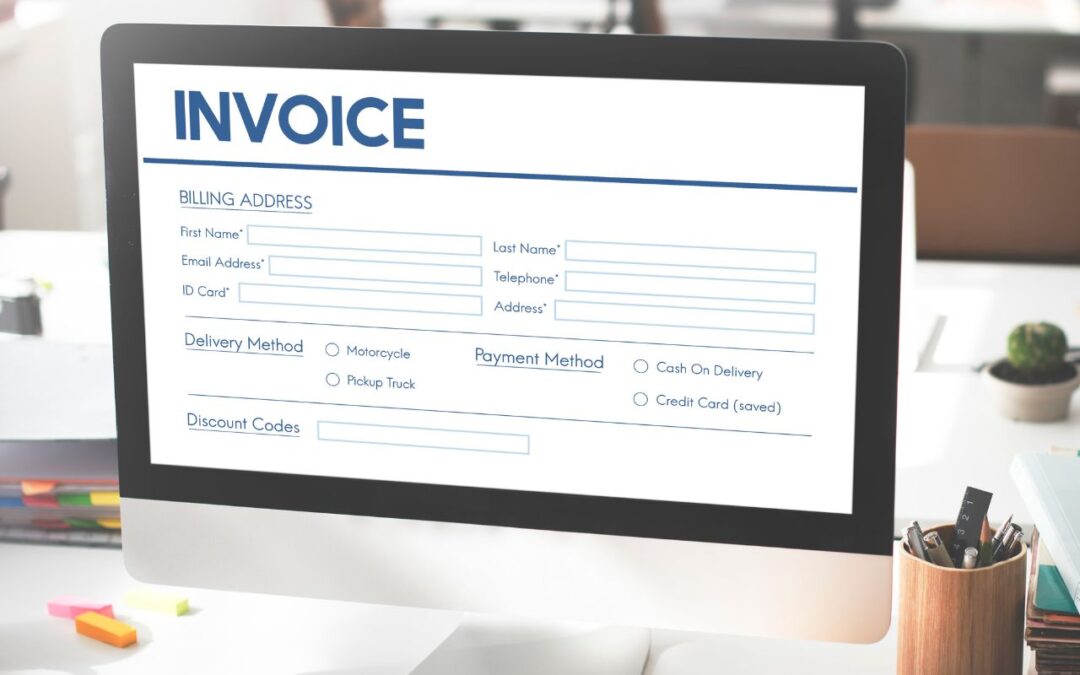A 2025 survey by the National Small Business Association found that nearly 60 percent of small service businesses struggle with ongoing cash flow issues caused by late payments. Electricians, landscapers, and independent tradespeople are losing valuable time chasing unpaid invoices instead of focusing on their work.
The core problem isn’t a lack of effort but outdated systems. In response, a wave of mobile-first tools is reshaping how small operators handle billing, offering speed, simplicity, and real-time control over their payment cycles.
Manual Invoicing Is Costing Time and Trust
Many small businesses still rely on PDFs, Excel files or handwritten receipts to bill clients. While these methods may feel familiar, they often lead to delayed submissions, calculation errors or missing tax details. Clients may reject unclear invoices or delay payment due to minor discrepancies. The result is a ripple effect: time lost, cash trapped and trust eroded.
Automated invoicing platforms eliminate that friction. A reliable Invoice Generator comes with fields pre-filled, tax rates set and templates ready to go, allowing users to generate professional invoices on the spot. No need to go back to the office or spend a Sunday night filling out paperwork. This kind of real-time documentation builds credibility and keeps projects moving.
Faster Invoicing Means Faster Payments
The longer a business waits to send an invoice, the longer it takes to get paid. That simple equation creates massive cash flow issues across small service-based industries. A delay of even 48 hours can push a payment into the next billing cycle, adding a full month of waiting. For many independent contractors, plumbers, electricians or repair techs, this delay isn’t just inconvenient—it threatens their ability to purchase materials, pay staff or accept new jobs.
In practice, invoicing is often pushed to the end of the week or worse, the end of the month. After long shifts or back-to-back job sites, paperwork slips down the priority list. Important details—like hours worked, materials used or even the exact job location—get fuzzy. This increases the chances of error, dispute or underbilling. A missed line item might mean lost income. A vague description could delay client approval. All of it adds up to one outcome: late payment.
Digital invoicing systems solve this with immediacy. As soon as a job is completed, technicians or tradespeople can generate a full invoice using a mobile app or web dashboard. With just a few taps, they can enter project details, apply taxes and send the invoice via email or SMS before even leaving the site.
The client receives a clear, time-stamped document while the work is still top-of-mind. That timing significantly boosts the likelihood of prompt approval and payment.
Admin Work Shouldn’t Slow Growth
For solo contractors and small teams, every minute spent on paperwork is a minute not spent earning. Yet the administrative to-do list rarely gets shorter. Logging work hours, estimating jobs, generating quotes, chasing invoices, updating spreadsheets and tracking payment statuses — all these tasks are critical to keeping a business alive but rarely contribute directly to revenue.
The burden grows as the client base expands. What starts as a manageable workflow quickly becomes overwhelming as operations scale.
Even highly skilled tradespeople find themselves bogged down after hours trying to catch up on administrative backlogs. Many resort to scattered systems: Excel sheets, physical notebooks, calendar reminders and email threads. This patchwork not only drains time but increases the risk of errors and missed payments.
A misplaced invoice or an overlooked follow-up can mean weeks of delayed cash flow. The mental fatigue of juggling operations and admin tasks simultaneously can lead to burnout, disorganization and ultimately missed opportunities.
Digital solutions offer a reset. Smart invoicing platforms eliminate the manual repetition by handling routine back-office functions with precision and speed. Repeat clients can be billed automatically using pre-saved templates. Taxes and payment terms are pre-set. Line items can be saved and reused.
Invoices are generated with consistent formatting and sent with a single click. Follow-up reminders are triggered automatically when payment deadlines pass, meaning contractors no longer have to monitor due dates manually.
Seamless Accounting Reduces End-of-Year Headaches
For many independent contractors and small service teams, tax season is a scramble. Receipts are scattered, invoice records are incomplete, and income tracking lives across multiple systems. Reconciling earnings, expenses and tax liabilities becomes a manual nightmare. Even worse, missed write-offs or inconsistent records can lead to overpayments or trigger compliance issues.
Automated invoicing tools help close that gap by syncing financial activity with bookkeeping in real time. Many platforms now integrate directly with accounting software, allowing every invoice, payment, and expense to be logged automatically. That means fewer mistakes, cleaner reports and faster year-end processing.
Instead of exporting spreadsheets or manually entering numbers into tax software, users can simply review pre-organized summaries that reflect the entire year’s cash flow.






